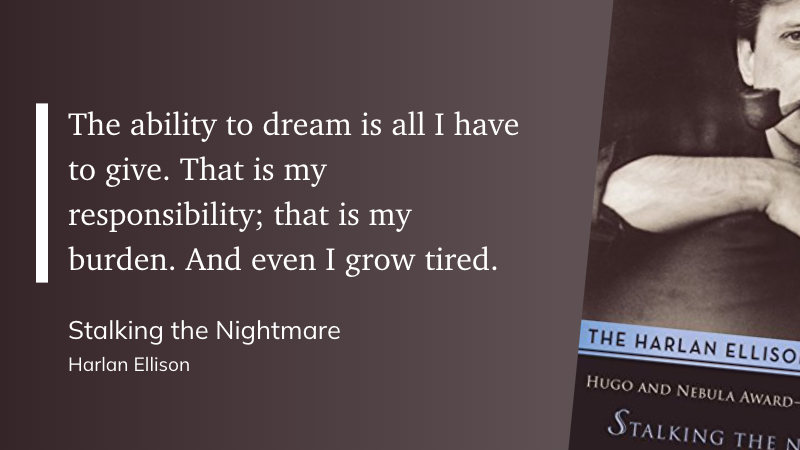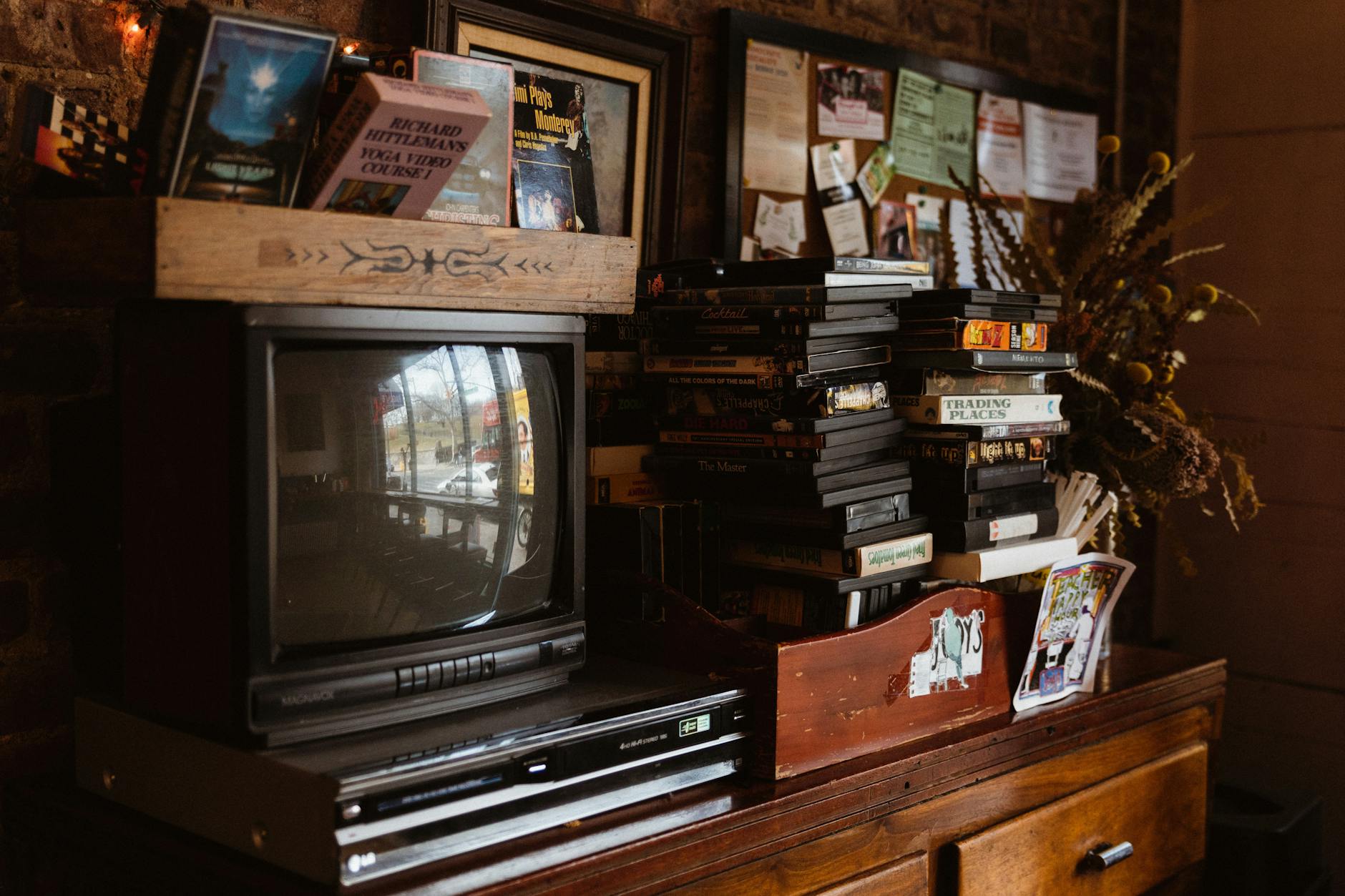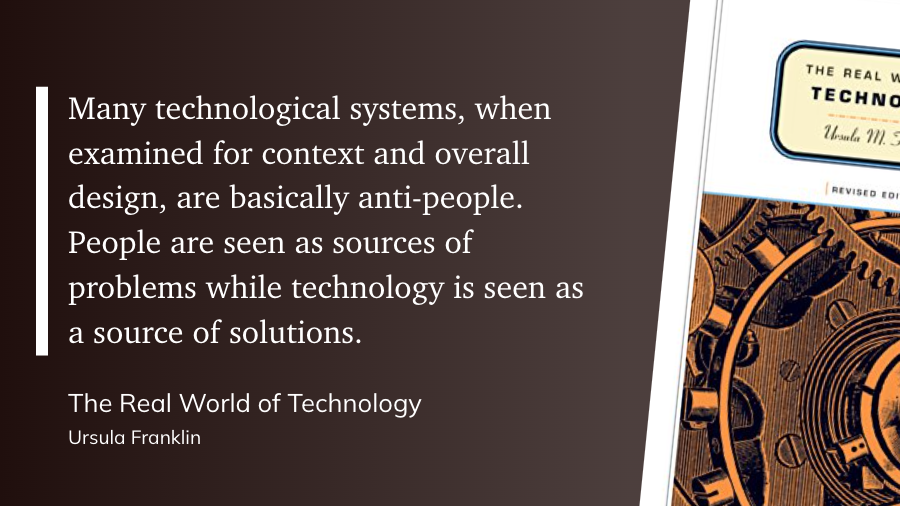
Greetings Starfighters,
Yesterday, I had the chance to present at the Murray State University Summit and show off some of the amazing work our students completed this past semester. You can find my slide deck and the resources I shared with those fine folks right here.
And now, on with the show!
Quote of the Day
“The ability to dream is all I have to give. That is my responsibility; that is my burden. And even I grow tired.” (Harlan Ellison, Stalking the Nightmare)
Musical Interlude
The world is a little brighter in the past few weeks, as Common has blessed us with some new music and an upcoming album release in July. Here’s his latest collaboration with Pete Rock:
Long Read of the Day
Engineers carefully lowered the Cyclops 2 model into the testing tank nose-first, like a bomb being loaded into a silo, and then screwed on the tank’s 3,600-pound lid. Then they began pumping in water, increasing the pressure to mimic a submersible’s dive. If you’re hanging out at sea level, the weight of the atmosphere above you exerts 14.7 pounds per square inch (psi). The deeper you go, the stronger that pressure; at the Titanic’s depth, the pressure is about 6,500 psi. Soon, the pressure gauge on UW’s test tank read 1,000 psi, and it kept ticking up—2,000 psi, 5,000 psi. At about the 73-minute mark, as the pressure in the tank reached 6,500 psi, there was a sudden roar, and the tank shuddered violently.
“I felt it in my body,” an OceanGate employee wrote in an email later that night. “The building rocked, and my ears rang for a long time.”
“Scared the shit out of everyone,” he added.
The model had imploded thousands of meters short of the safety margin OceanGate had designed for.
This conversation took place in July 2016, long before the Oceangate Titan imploded on its way down to the wreckage of the Titanic. This tragedy can be traced to a series of lies, personal hubris, and cheating. While creativity and dreams were certainly involved in this work, there’s something to be said about working with and trusting experts when universal laws are at play.
Read more about the backstory of the Titan here.
Video of the Day
Ludwig Göransson’s work on the Oppenheimer score, especially “Can You Hear the Music?” offers great insights for teachers as designers of learning experiences. His process with Christopher Nolan shows the value of collaboration and giving space for creativity. Starting with a simple four-note baseline that evolved into something complex reminds us that big ideas often start small. Experimentation and iteration were key, reflecting the importance of trial and error in the classroom.
Göransson’s focus on the emotional core of Oppenheimer’s journey underscores the power of integrating emotional and narrative elements into lessons. His blending of mathematical elements with music demonstrates the benefits of interdisciplinary approaches. The innovative solutions to recording challenges highlight the need for adaptability and problem-solving. Finally, his emphasis on impactful elements over complexity reminds us to prioritize clarity in lesson design. Teachers can create engaging and effective learning experiences that resonate deeply with students by seeing themselves as designers.
Final Thoughts
I’m watching the 1948 film version of Hamlet and am fascinated by the practical effects. What were they doing in 1948 to make a ghost on film? Does anybody know or can direct me to some reading?
It still amazes me that I can be blown away by work done over 70 years ago.
The Eclectic Educator is a free resource for everyone passionate about education and creativity. If you enjoy the content and want to support the newsletter, consider becoming a paid subscriber. Your support helps keep the insights and inspiration coming!



